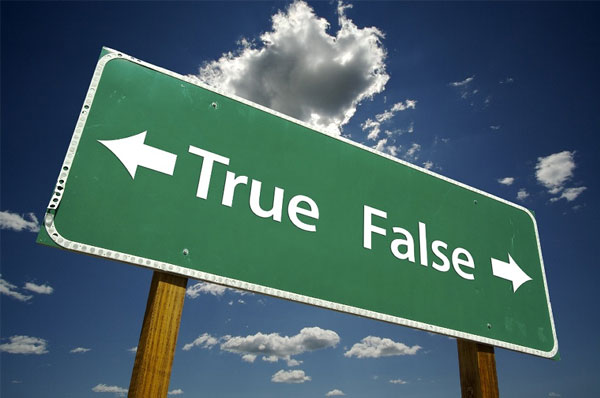
As I read through various forums, I'm often shocked by the suggested FFB settings or other comments that I see. I thought I would take a moment to throw my two cents into the mix and offer some of the lessons learned while developing the AccuForce wheel.
Myth #1 - A Faster Game Force Feedback Output Rate Is Better
NOT NECESSARILY! The truth is, quality beats quantity. A game with a slower output rate but quality force feedback math will feel more realistic than a game with a faster rate but lesser quality force feedback math.
Moreover, a well designed wheel firmware can improve upon a slower update rate, but no firmware can make up for a bad tire model, bad physics or just plain noisy math that results in poor quality force feedback instructions to the wheel.
That said, in a PERFECT world, we could have it all: a stable, quality force feedback math at a high output rate. Unfortunately no existing games (that I've tested) have achieved this holy grail of racing simulation force feedback YET.
Myth #2 - Some Games Give Wildly Fast Force Feedback Outputs of (400Hz+)
In order for a game to TRULY give comprehensive new force feedback instructions 400 or more times per second, the game would need to be running a large portion of it's physics loop at 400Hz+ or more which is unreasonable given today's games and PC technology assuming that the physics are comprehensive. Most games are running their FULL physics loop at a much slower rate. That said, many games do run some portions of the physics faster, such as suspension for example.
Many games that appear to provide 400Hz or faster force feedback update rates are often just running a small, tight loop at 400Hz that receives the slower actual physics data, interpolates it and outputs at 400+Hz. This gives the perception of a 400+Hz output, but it's a far cry from the real thing.
In fact, there is a strong argument to be made against this concept. This 400Hz loop burns CPU and is subject to Windows timing jitter, making it less than ideal. A better approach would be for the wheel firmware to provide an optional low latency interpolation because it can do so at a much faster rate and with less error because it introduces virtually no timing jitter relative to Windows timing. We've designed such a mechanism into our AccuForce wheel and the results are impressive.
If you're an iRacer, this is great news. People often claim that iRacing needs to give an output faster than their current 60Hz rate. In testing, we found that our low latency firmware based interpolation (and some other special sauce) really brings the iRacing force feedback into a new realm of realism and without the additional CPU that other game makers are incurring to run this interpolation loop as part of the game. In short, we're able to bring the same perceived advantages claimed by other game developers to iRacing in a more efficient manner. This mechanism is automatically disabled for games that provide their own interpolation, giving the best possible experience no matter what your favorite game may be.
Myth #3 - The Game FFB Clipping Meter is Accurate
A force feedback wheel is truly clipped when the motor has reached it's torque limit and can give no more. A games force feedback meter shows what force feedback level the game is requesting. This is represented as a range of torque between 0 and 100% in either direction.
However, most game force feedback meters do NOT account for the motor torque used by dampening, friction, inertia and spring effects and therefore can cause you to believe that you are not clipping when in fact you are.
In the weeks to come we'll discuss how we addressed these issues in the Sim Commander 4 and how the AccuForce is able to help you easily achieve maximum force levels without clipping.
Force Feedback Myths and Misunderstandings